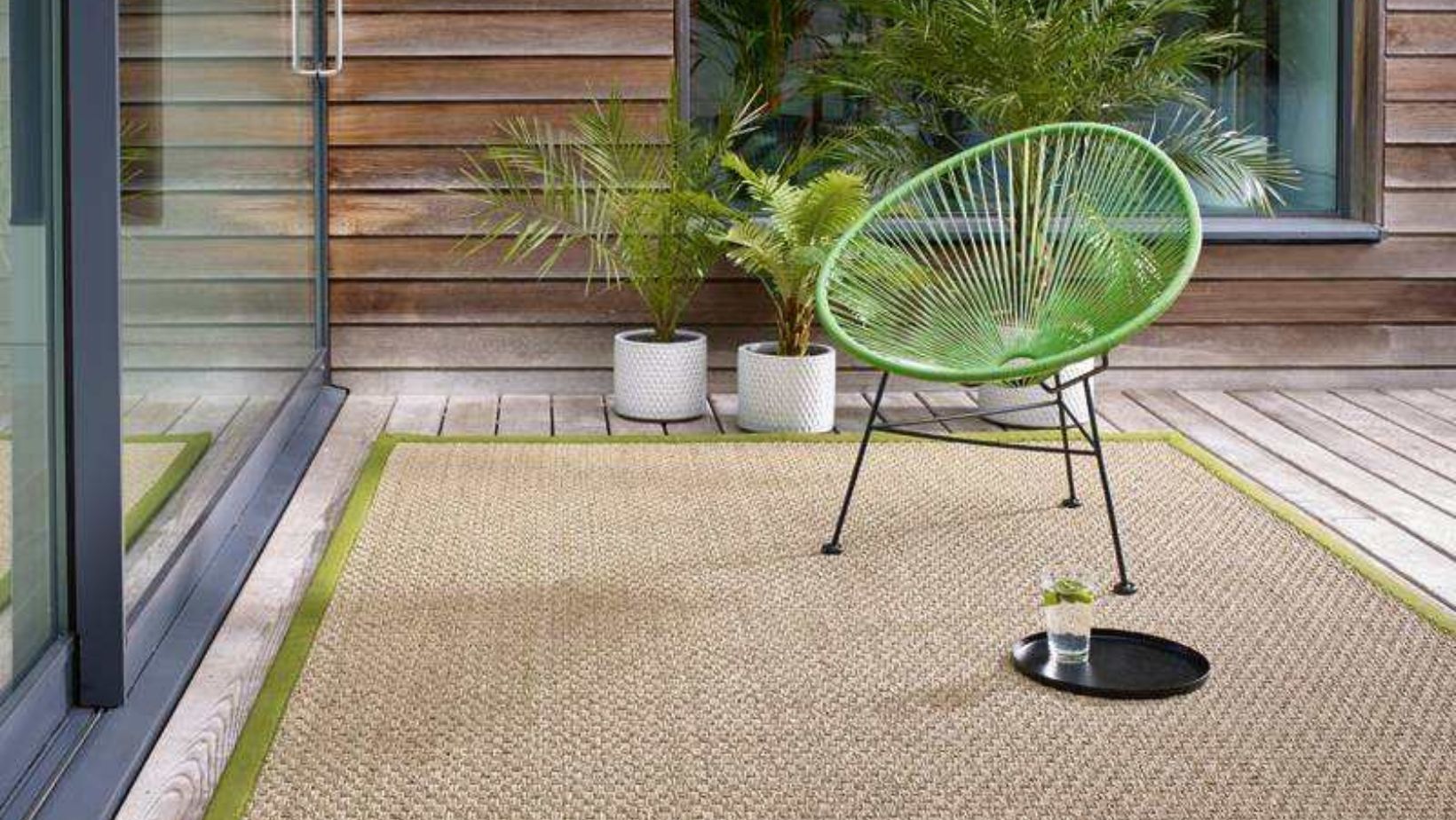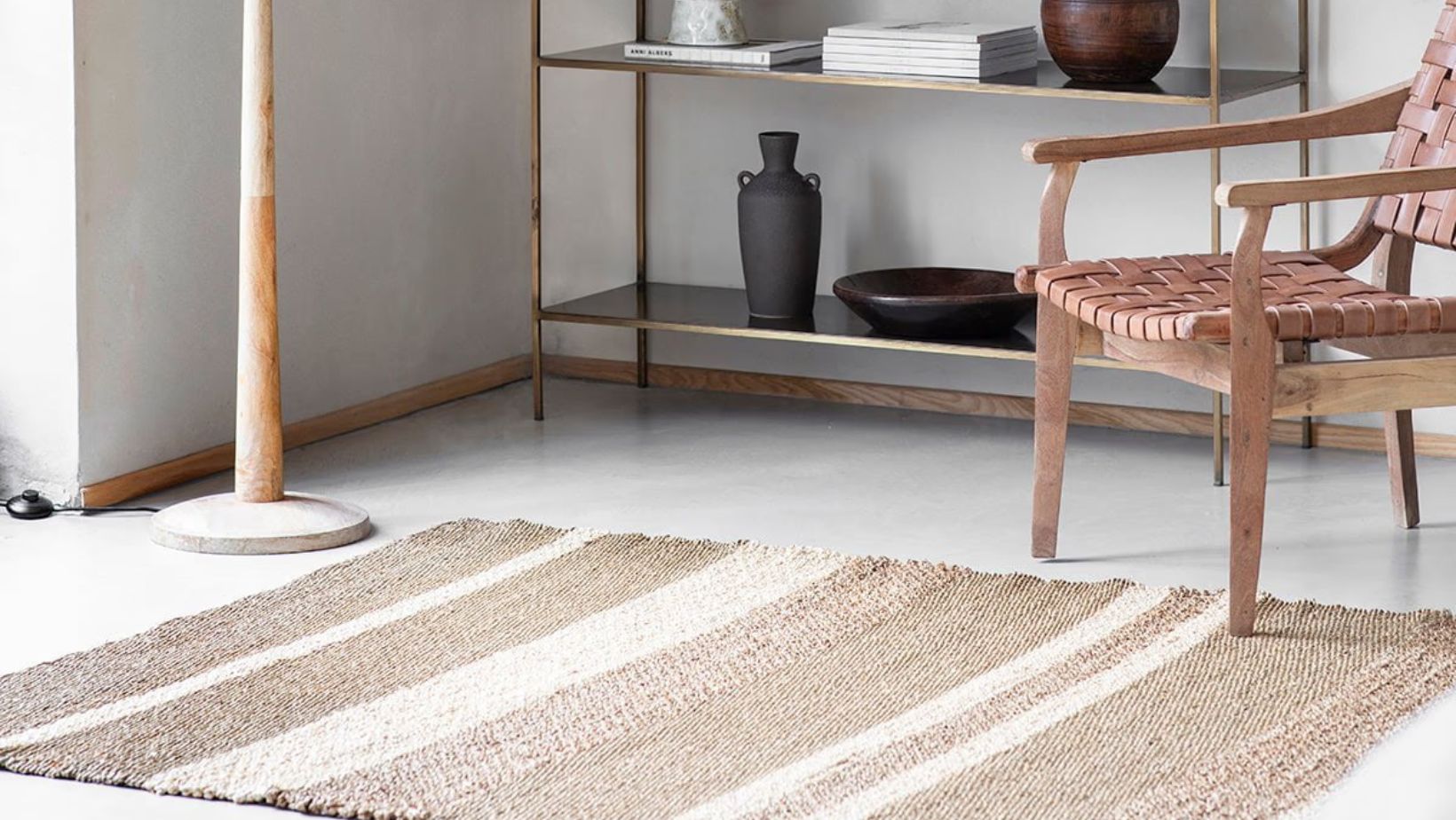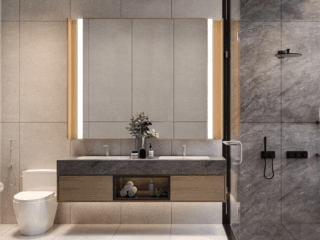
When considering if custom seagrass rugs are suitable for outdoor use, it’s important to know that seagrass rugs are not ideal for outdoor areas. These rugs do not handle moisture well, making them prone to mold and mildew. This makes them better suited for indoor settings where they can avoid exposure to rain and heavy moisture.
While a seagrass area rug provides a unique, natural texture and aesthetic appeal, its sensitivity to the elements makes it a poor choice for patios or gardens. For homeowners looking to improve their interiors, seagrass rugs are a great option for living rooms or bedrooms. They offer durability and style, but in outdoor environments, they quickly deteriorate.
For those interested in natural fiber rugs that fit various living spaces, including indoors, a custom jute or seagrass rug might be a better fit. Browsing options from custom Jute and Seagrass Area Rugs provide a range of styles and patterns suitable for indoor use.
Design and Material Qualities
Seagrass rugs are appreciated for their unique characteristics and aesthetic appeal. Their natural look, combined with various styles and textures, stands out when compared to other natural fiber rugs such as jute or sisal.
Seagrass Fibers and Texture
Seagrass rugs are made from natural fibers harvested from marshes. These fibers have a unique, slightly waxy coating that makes them resistant to staining. The texture of seagrass is typically coarse and firm, providing a durable surface. This makes them ideal for high-traffic areas indoors due to their resilience.
The natural texture is not just practical; it also adds a rustic charm to any room. The weave can vary from tight to loose, offering different feels underfoot. Unlike softer fibers like wool, seagrass provides a strong, earthy appeal.
Color and Style Variations
Seagrass rugs have a naturally appealing color palette that includes shades of green, khaki, and brown. These earthy hues blend well with various interior styles, from modern to traditional. Over time, the colors mature, adding to the rug’s character.
Design-wise, seagrass rugs are versatile. They can be found in simple, monotone weaves or more intricate patterns such as herringbone. This variety allows homeowners to find a style that complements their decor. The natural luster of seagrass also brings a subtle elegance to any space.
Comparison with Other Natural Fibers
When compared to other natural fibers, seagrass stands out for its durability and water resistance. Unlike jute and sisal, which can wear out or stain more easily, seagrass has a natural waxy coating that helps it resist moisture.
Jute: Softer and more comfortable underfoot but less durable and more prone to staining. Sisal: Stronger and more durable than jute but lacks the water-resistant qualities of seagrass. Wool: Softer and warmer, but not as strong as seagrass and often more expensive.
Both jute and wool offer different textures and advantages, but seagrass is particularly valued for its practical qualities and natural beauty.
Practical Features and Use Cases
Custom seagrass rugs have notable practical features, including durability, ease of maintenance, and various size and shape options. Understanding these aspects can help in deciding their placement and usage.
Indoor and Outdoor Suitability
Seagrass rugs are durable and suitable for many indoor settings due to their natural fibers and sustainability. They are non-porous, which makes them great for areas prone to spills and stains.
However, for outdoor use, seagrass rugs face challenges. They cannot handle moisture and damp environments well. Rain and wet conditions can lead to mold and mildew growth. Using them outdoors without protection or a sealant is not recommended since they lack the resilience required for such settings.
Maintenance and Longevity
Maintaining seagrass rugs is relatively easy. Regular vacuuming helps remove dirt and prevents the buildup of bacteria. They are stain-resistant but not completely immune to stains. Quick cleanup of spills is necessary to maintain their quality.
Longevity is one of their strong points, especially in indoor environments. They can last for years if kept in a dry area. A rug pad can also be used to increase durability and prevent slipping.
Size and Shape Considerations
Custom seagrass rugs come in various sizes and shapes, providing versatility in their use. Large sizes like 8×10 or 9×12 are popular for living rooms, while smaller ones can accentuate entryways. They also offer an affordable and sustainable flooring option compared to synthetic rugs.
Choosing the right size and shape helps in fitting them appropriately in different spaces. This adaptability makes seagrass rugs a practical choice for many homeowners.
Conclusion
Seagrass rugs are best suited for indoor use due to their vulnerability to moisture and mold. While they offer durability and eco-friendliness, they are not recommended for outdoor areas where they can deteriorate quickly. For those looking for a natural fiber rug, considering alternatives like synthetic options may be more practical for outdoor settings.







